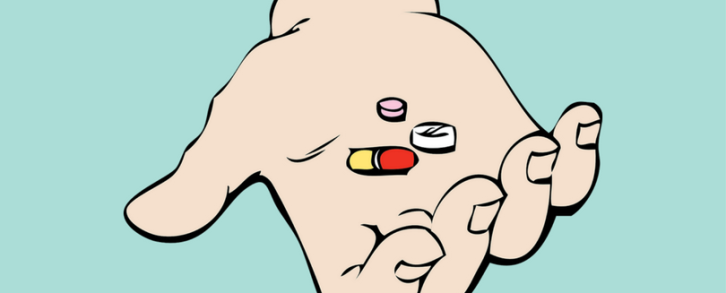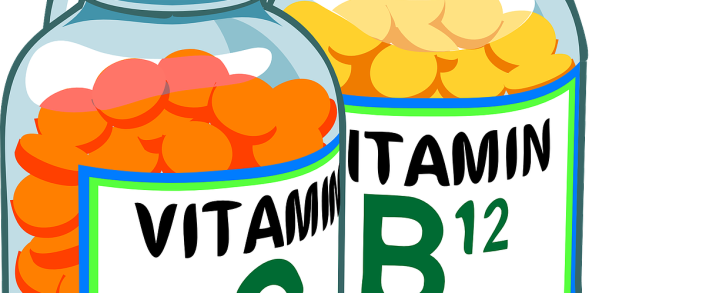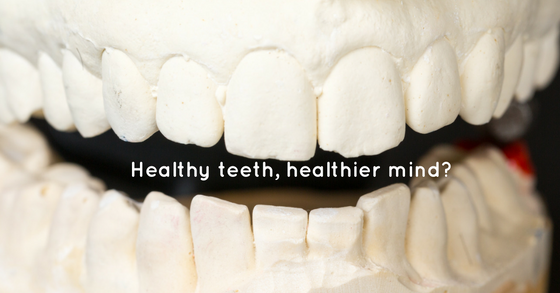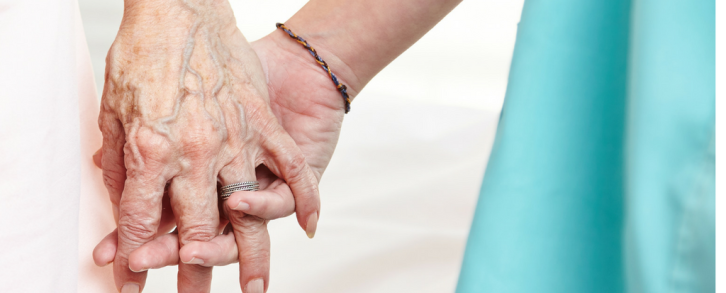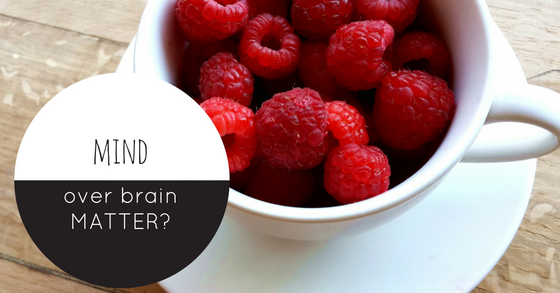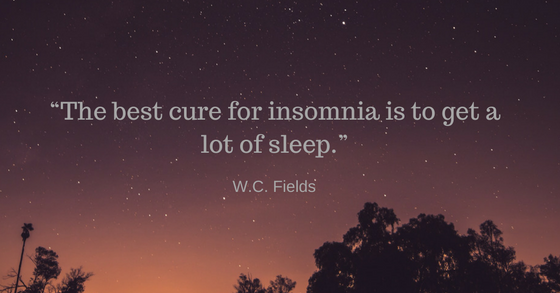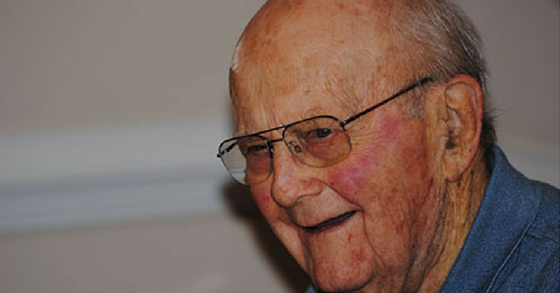Polypharmacy: Too Many Medications for Seniors?
An increase in the amount of prescribed and over-the-counter medications we take seems par for the course as we age; the more candles on our birthday cakes, the more likely we are to develop severe health problems that require consistent treatment. The effects of taking multiple […]
Read More
